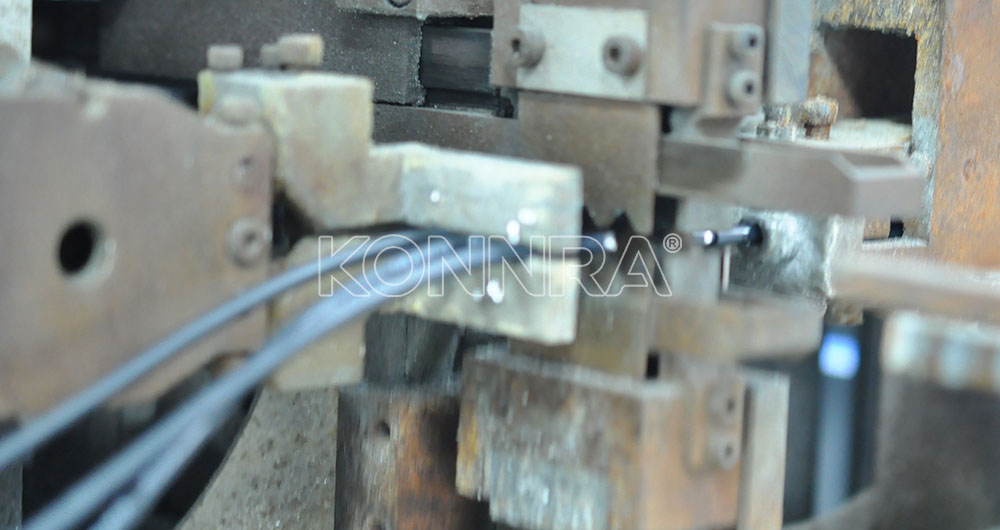First, what is board to board connector?
Board to board connector (BTB) is a necessary device for coupling power and signal in precision circuits. With the continuous improvement of product complexity and circuit design scale, board-to-board connectors also develop in the direction of high speed, high power density and thin shape with the market demand.
Second, the classification and characteristics of board to board connectors
In actual use, we will consider which board-to-board connector to use according to the appearance of the use scenario, structure, connection performance, comprehensive cost, etc.
Pin row/pin row
Pin arrangement and pin arrangement, also called pin arrangement, are the cheapest and most common connection methods.
Application scenarios: low-end, large-scale intelligent device development board, debugging board, etc.
Advantages: cheap, convenient, hard connection firm, strong flow ability, easy to weld and test.
Disadvantages: large volume, not easy to bend, large spacing, it is difficult to connect hundreds of pins.
High-end board-to-board connectors
High density, widely used in compact products.
Application scenario: Conventional intelligent hardware products are basically used, and widely used.
Advantages: pin number, small size, 1 cm long can do 40 feet (can only do 20 plugs of the same size)
Disadvantages: expensive, can not often plug, structural design needs to be corrected.
Thickened board-to-board connectors
Board to board, board to line, can be disassembled, can be combined, can be inserted on the row of pins.
Application scenario: development board, test board, large fixed equipment (such as computer chassis wiring)
Advantages: Cheap, common, using pin arrangement, very easy to connect and measure.
Disadvantages: large size, not easy to fix, not suitable for mass production scenarios.
The FPC connector plugs into the /ZIF connector
Many smart hardware devices need to take the signal out of the motherboard, FPC can be bent, small size, changeable shape, is the best choice.
Use case: connection between motherboard and auxiliary board, connection between motherboard and peripheral equipment, need to bend the line, compact product space.
Pros: Compact and cheap.
Three, how to choose board to board connector?
Structural dimensions of connectors
First of all, pay attention to the dimensions of the connector, whether the installation space of the connector will interfere with other components, and choose the appropriate connector and fixing method according to the space size. For the connector itself, pay attention to the pins and spacing, the number of pins selected depends on the number of signals connected for some transfer connectors, the number of pins can not be too much. Because in the welding process of the SMT machine, due to the high temperature, the connector plastic will be heated and deformed, and the middle part will be convex, resulting in virtual welding.
Electrical performance of connectors
The electrical performance of the connector mainly includes: limit current, contact resistance, insulation resistance and electrical strength. When connecting a high-power power supply, pay attention to the limit current of the connector, do derating design, and pay attention to the voltage withstand between the pins.
When transmitting high frequency signals, such as LVDS and others, pay attention to contact resistance. Connectors typically have low and constant contact resistance ranging from tens of mω to hundreds of mω. For signals with impedance requirements, pay attention to impedance matching to avoid signal reflection.
Mechanical properties of connectors
The mechanical properties of the connector include tension and insertion force, plugging frequency and mechanical anti-stay. When some signal interfaces need to be frequently inserted and removed, pay more attention to the pull out force and pull out times when selecting the connector.
Mechanical anti-stay is very important for the connector, once backinserted, it is likely to cause irreversible damage to the circuit.
For example, when the application environment is wet, the connector has high requirements for moisture resistance and salt spray resistance, and it is necessary to ensure that the metal contacts of the connector are not corroded. In the field of industrial control, the vibration and shock resistance of the connector is required to prevent the connector from falling off during vibration.










